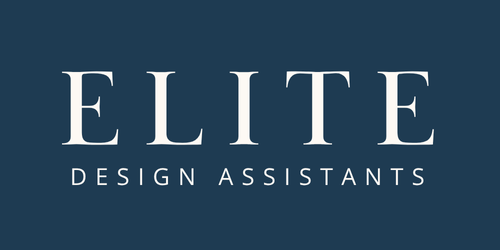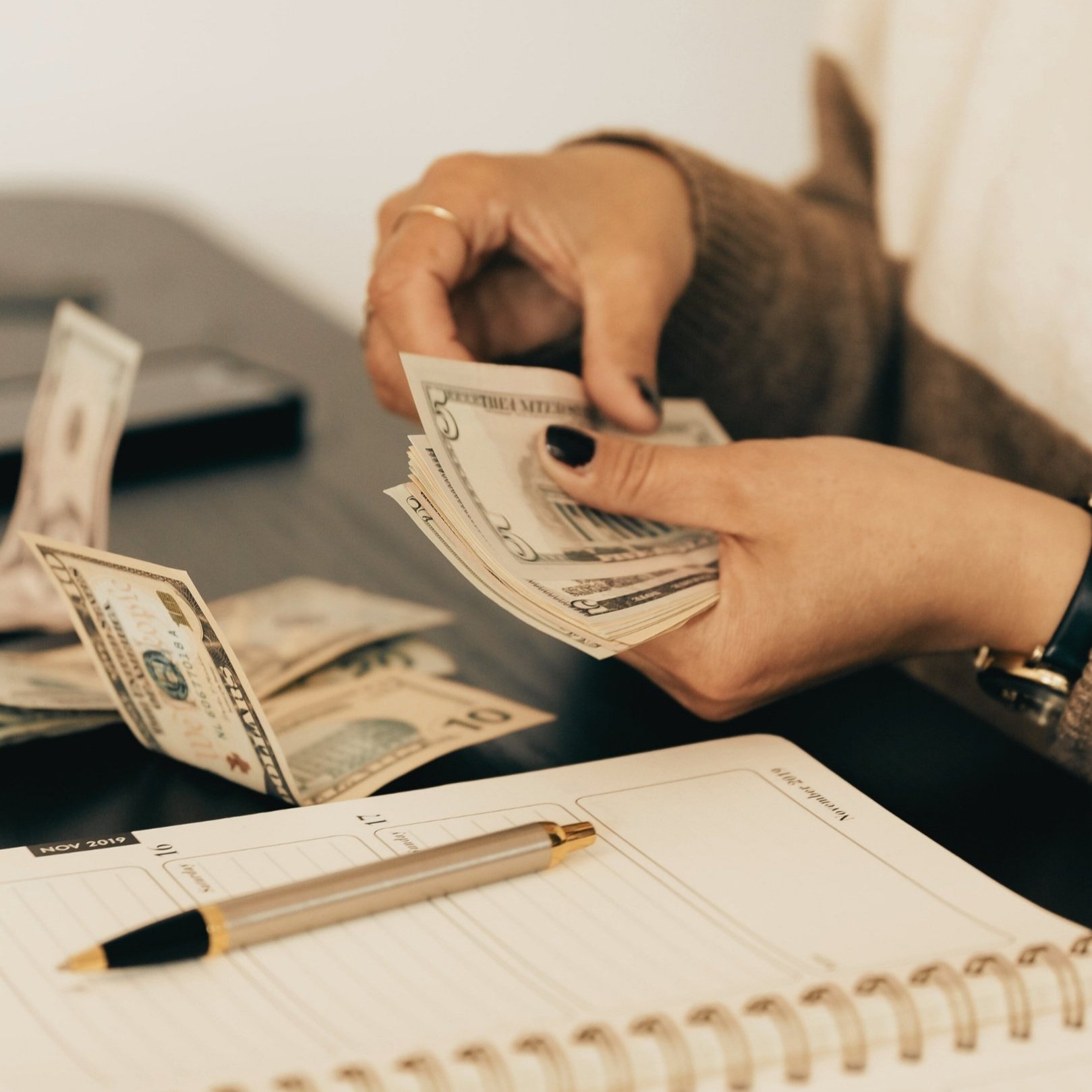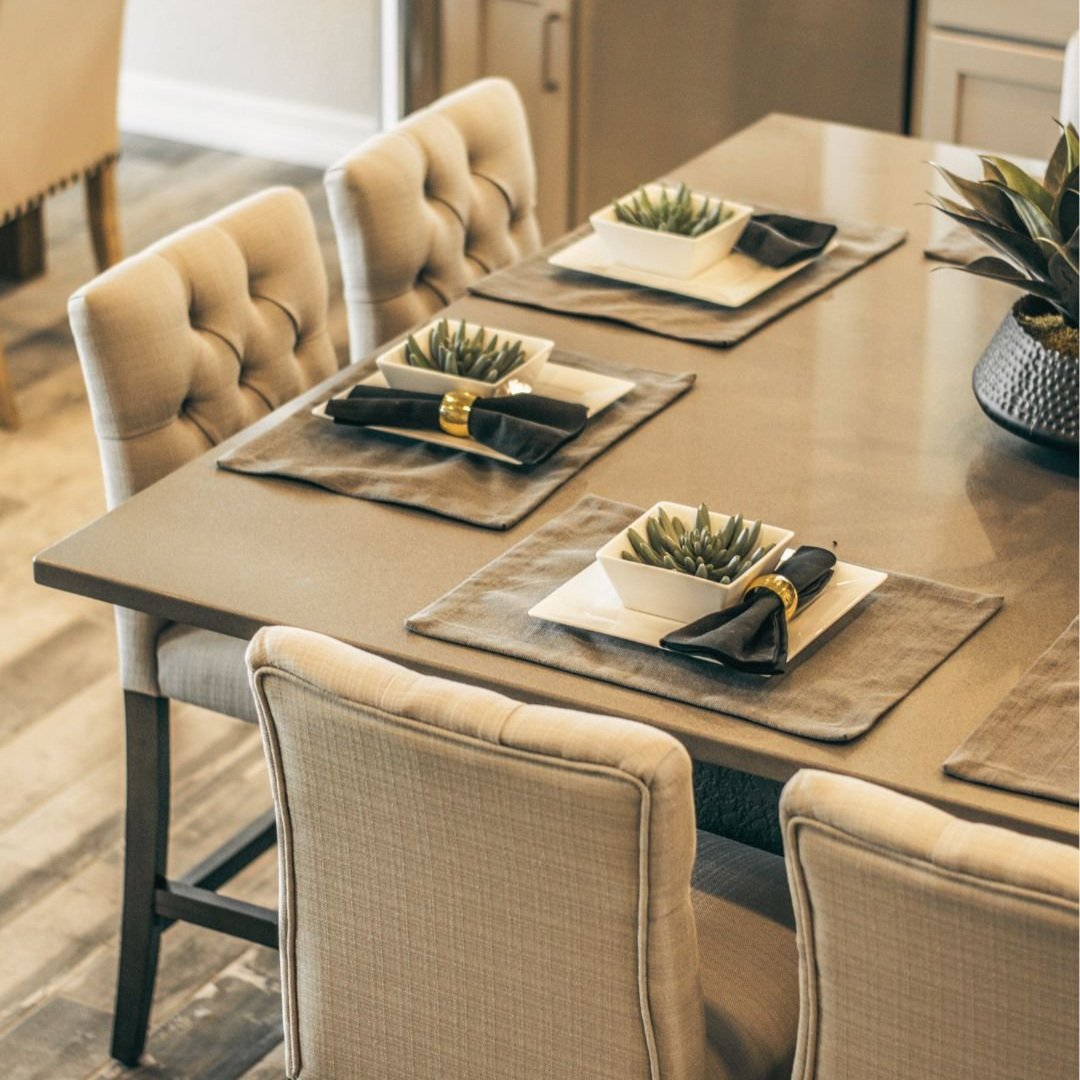🎁 The Holiday Hustle Survival Guide, Vol. I
/4 Ways Interior Designers Can Prep for the Busy Season
We hate to break it to you, but yes — there are only two months left in the year. For interior designers, that means one thing: the Holiday Rush is officially here. From last-minute client installs to end-of-year wrap-ups (and maybe a few panicked emails from clients who want “just one more change”), the season can quickly turn from festive to frantic.
But with a little prep and a few smart systems, you can finish the year strong — without sacrificing your sanity. Here are four simple, effective ways to get ahead and make this holiday season your most productive (and profitable) yet.4
1. Get Your Calendar Under Control
The first step to surviving the holiday hustle? Structure.
Before the chaos kicks in, take time to block out key dates — client deadlines, project deliveries, installs, and your own personal downtime. A clearly mapped schedule helps you anticipate bottlenecks and protect your creative flow.
💡 Pro tip: Use tools like Airtable or Notion to centralize project timelines, meeting notes, and reminders. These systems keep you organized — and make delegation to your Virtual Design Assistant seamless.
2. Prep Your Client Gifting Early
Client gifting doesn’t have to be a last-minute scramble. Thoughtful, branded gifts are a perfect way to express gratitude and keep your firm top of mind going into the new year.
Consider elevating your client experience with something truly memorable, like the Atelier Box™ — a curated, tactile presentation and gifting solution powered by Elite Design Assistants. It gives your clients a physical connection to your design work while reinforcing your brand’s sophistication and attention to detail.
Whether you choose design samples, a custom coffee-table book, or a locally sourced artisan gift, plan early so every delivery feels intentional — not rushed.
3. Streamline Your Systems
December is the perfect time for a systems refresh. Before diving into new projects in January, take one day to audit your backend processes. Clean up your inbox, update file structures, and review templates for proposals, invoices, and contracts.
When your digital workspace runs smoothly, you free up mental space to focus on creativity. Plus, it’s the ideal time to explore automation tools like HoneyBook or Dubsado — platforms that make client management and follow-ups effortless.
Small tweaks now mean a calmer, more efficient start to 2026.
4. Delegate to Stay Sane
If there’s ever a time to embrace delegation, it’s the holidays. From sourcing and CAD drawings to admin tasks and procurement tracking, your Virtual Design Assistant can take a huge weight off your plate.
Outsourcing even a few hours a week can help you meet tight deadlines, stay responsive to clients, and still make it to your favorite holiday events. (Yes, you deserve that mulled wine.)
Not sure where to start? Our Elite Design Assistants team specializes in pairing designers with skilled VDAs who understand the industry inside and out — helping you spend less time in spreadsheets and more time designing.
Make This Your Calmest, Most Organized Season Yet
The holidays can be your most joyful and profitable season if you plan ahead.
A little strategy now sets you up for success long after the last ribbon’s been tied.
So here’s to more calm, more clarity, and more creativity this season.
Let’s make this your smoothest year-end yet — together.













